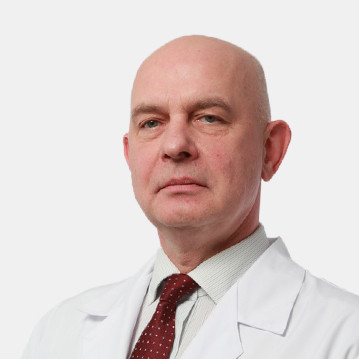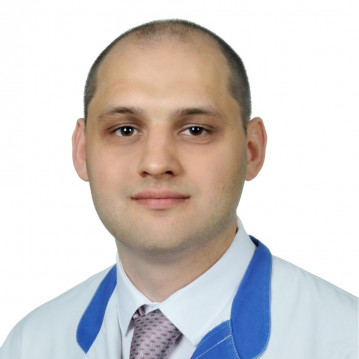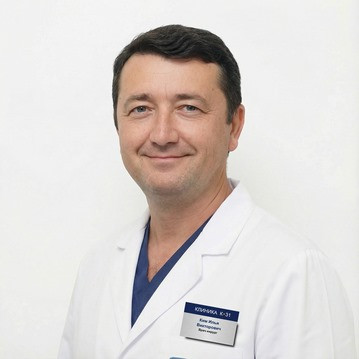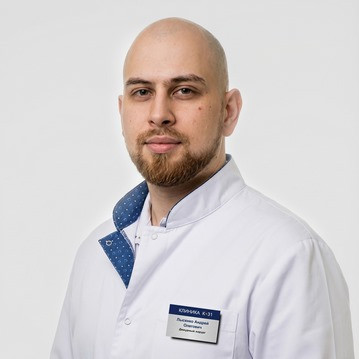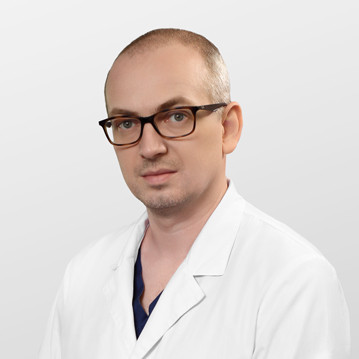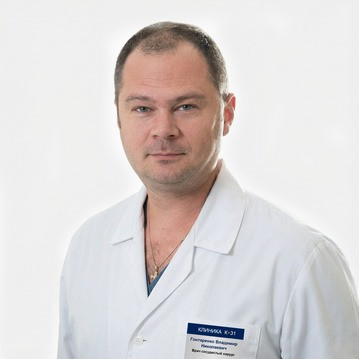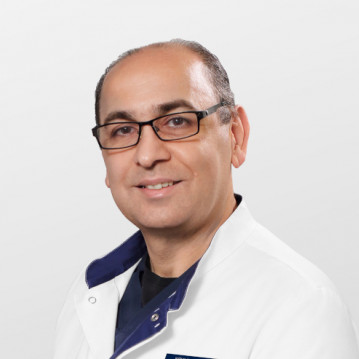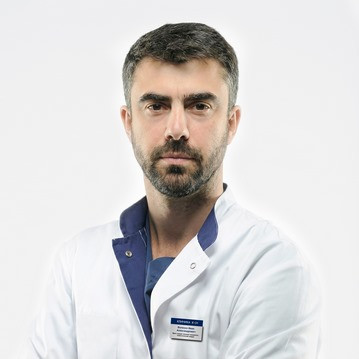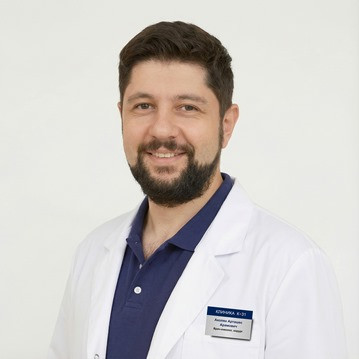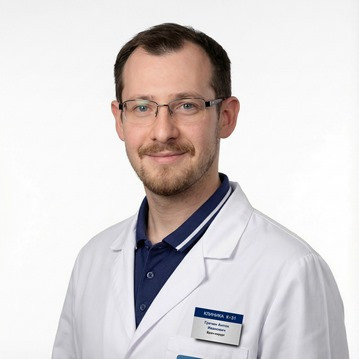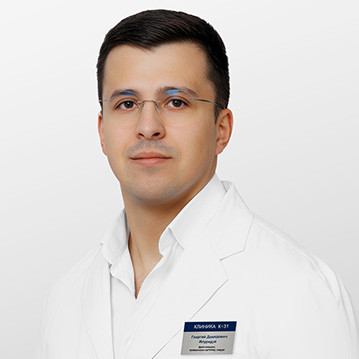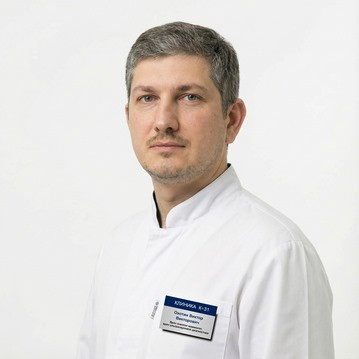Minimally invasive surgery
In gynecology, minimally invasive surgery is understood as a type of operation that is performed with minimal intervention in the patient's tissue. This operation differs from the usual one in that all surgical actions are carried out through a small incision. Thus, the specialist affects only the affected area, without affecting healthy tissues or organs. This allows the patient to recover much faster than during strip surgery, after which a long rehabilitation is required. A special feature is the aesthetic effect - no scars or scars remain on the skin.
Minimally invasive surgery is used to treat:
- Uterine fibroids.
- Endometriosis.
- Infertility.
- Torsion of the uterine appendages.
- Ectopic pregnancy.
- Obstruction of pipes.
- Ovarian rupture.
Organ-preserving operations
An organ-preserving operation is a surgical intervention during which the organ involved in the process is retained when the problem is eliminated.
Organ-preserving surgery is necessary for:
- Myoma of the uterus - during the procedure, it is possible to eliminate even multiple or large myomatous nodes.
- Ovarian cyst – the use of an organ-preserving technique allows you to preserve the ovary in 90% of cases, even with large cysts.
- Cancer of the cervix - the operation can be performed only at the beginning of the development of the tumor.
A couple of decades ago, almost any gynecological operation ended with the elimination of an organ. This led to a number of negative consequences. After the removal of the organs of the reproductive system, the woman lost the function of childbearing and underwent a change in hormonal levels. Organ-preserving surgery allows you to preserve the organ and quickly recover from the operation.
General surgery
In modern gynecology, most operations are performed by the methods that we have already considered earlier. However, there are a number of pathologies in which only the use of open surgery remains.
Open surgery is performed in the following cases:
- With large uterine fibroids with a low location of myomatous nodes.
- For elimination of large ovarian tumors.
- For the treatment of endometriosis with involvement of the ureter or intestinal wall, which also causes cicatricial adhesions.
- For the removal of malignant tumors of the female reproductive system.
A similar technique is used only in those rare cases when the operation cannot be performed endoscopically. Let's take a closer look at gynecological oncology, which often requires open surgery.
Most often, oncological female diseases are associated with the genitals. At an early stage, almost all types of cancer are curable, but often tumors are detected at later stages, when the methods for treatment are significantly limited and the malignant components have already passed to other organs. Swelling can occur on the cervix, vagina, vulva, and ovaries.
Cells of tumor components that form on tissues can develop for 5-10 years or more. If cancer is diagnosed at an early stage, treatment is likely to fix the problem.




